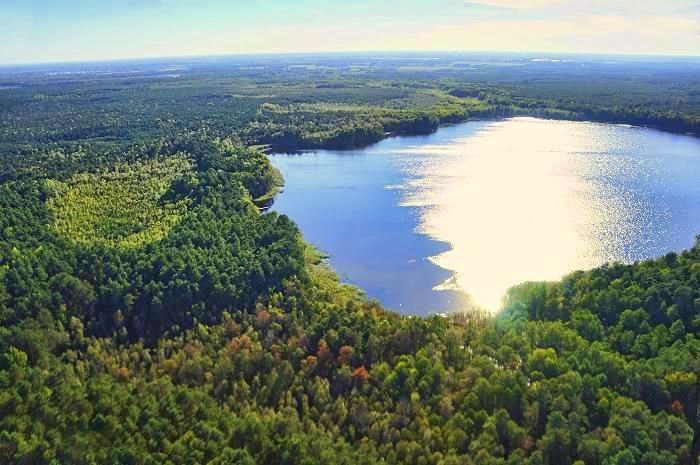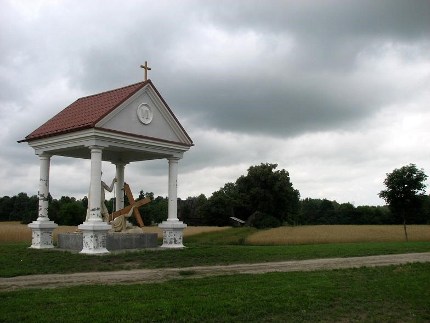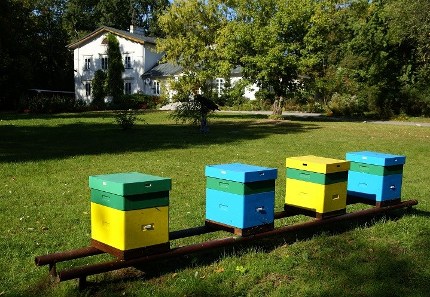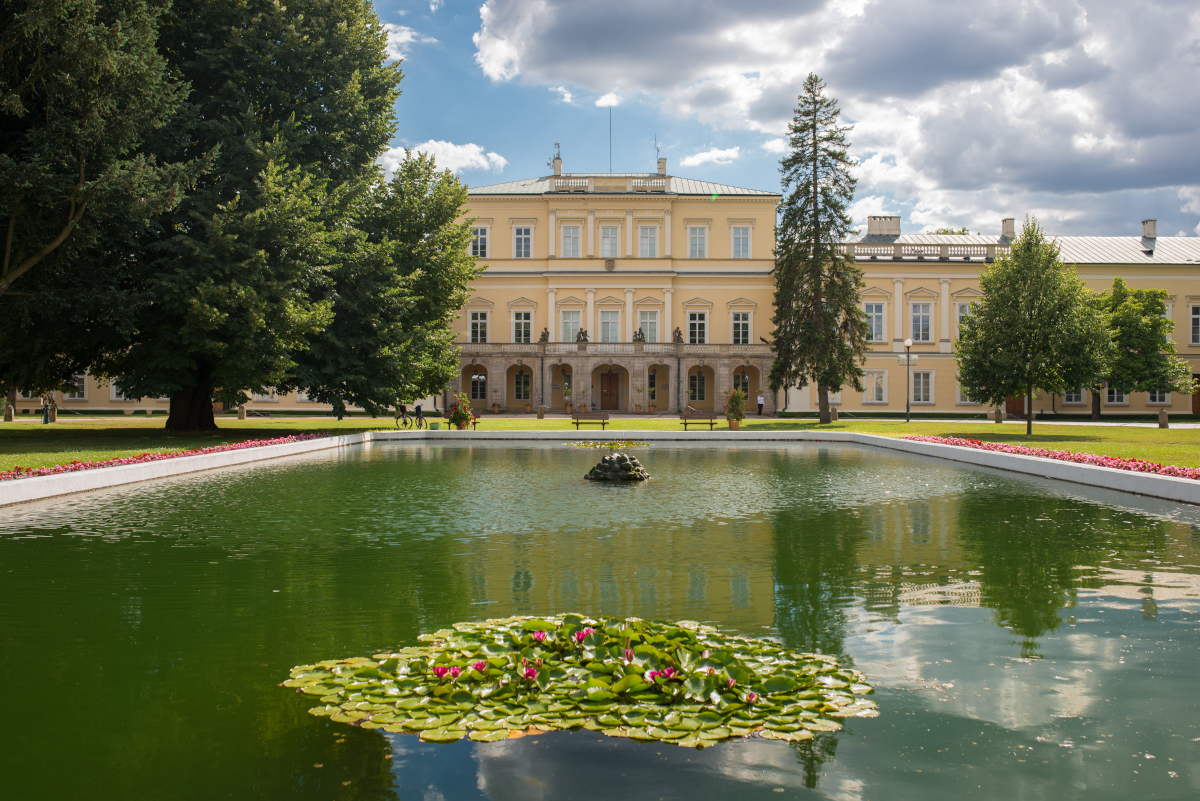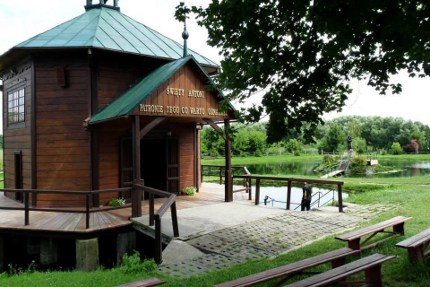Places

XIX-wieczny ośrodek dworski, urokliwie położony na dolinnym zboczu, jest największą atrakcją małej miejscowości Pliszczyn. Dwór otaczała niegdyś niewielka fosa, nawadniana stale przez wody rzeki Ciemięgi, która wykorzystując dno głębokiej doliny, przepływa tuż za posiadłością. Współcześnie obiekt dworski służy jako dom rekolekcyjny, zarządzany przez oo. Sercanów. To właśnie tutaj odbywają się co roku Sercańskie Dni Młodych, przyciągające tłumy młodzieży na spotkania w rodzinnej atmosferze. Czasy świetności dworskiego parku upamiętnia aleja lipowa, prow ...

The park is located within the communes of Urszulin and Stary Brus in the Poviat of Włodawa and the commune of Sosnowica in the Poviat of Parczew. It constitutes a part of the buffer zone of the Poleski National Park. The beautiful scenery of the park features a mosaic of fields, meadows, marshes and forests, intersected by three rivers: the Włodawka, the Piwonia and the Bobryk. Wytyckie Lake and ponds in Stary Brus are an important part of the ecosystem. There are numerous species of birds in the park, among them cranes, red-necked and black-necked grebes, greylag geese and mute swans. ...

The park was established in 1990 in the western part of Polesie. It shelters the unique nature and landscape of the Łęczna-Włodawa Lake District featuring wetlands, meadows, peat-bogs and forested tundra-like areas. ...

The park boasts the greatest collection of 18-million-year-old fossilised trees in Europe. The Carpathian beech is quite common in this area and forms large woods e.g. near Hrebenne. There are also many multicultural traits and historic monuments such as Orthodox churches (e.g. a wooden church in Hrebenne), and World War II fortifications called the Molotov Line. ...

The city and part of the commune is located within the reach of the Chodel Protected Landscape Area. It is an extremely attractive place for all those who value nature, vast forests, and picturesque landscapes. The fans of hiking and biking will find here many interesting routes. The surrounding ponds are an ideal place for anglers and water recreation. The specific microclimate of Poniatowa is used in the treatment of respiratory tract. ...

A quiet village upon the Bug River and a place of martyrdom of the Uniate Church. In 1874 Tsarist soldiers executed 13 members of the Uniate religious community, who were declared as blessed martyrs by Pope John Paul II in 1996. The cult of the Pratulin martyrs has been upheld since the interwar period and the relics are enshrined inside the Parish Church of St. Peter and St. Paul. ...

A village south of Lublin, known for the only Polish Beekeeping Technical School. The school is located within a former manor of Count Franciszek Rohland (army general of the Duchy of Warsaw). There is an apiculture museum in the manor-house and an apiary-museum with historic beehives and traditional equipment in the surrounding park. ...

The largest city of the Lublin Powiśle Region and an important centre of science, research and industry. The tourist gem of the city is the 18th-century estate of the Czartoryski Family with a palace, 32-hectare park and many garden buildings designed by Piotr Christian Aigner in the styles of Classical antiquity, Orientalism and Neo-Gothic. Princess Izabela Czartoryska founded the first museum in Poland located in the Temple of the Sybil and in the Gothic House. In Puławy there is also a yacht marina on the Vistula River and a boulevard along the riverbank. ...

W nieodległym od aglomeracji Lublina Radawcu miał pierwotnie powstać duży port lotniczy dla stolicy województwa. Początek nowatorskiej myśli zrodził się w roku 1954 podczas Wielkiej Wystawy Rolniczej w Lublinie, gdy dywagowano o utworzeniu portu Lotniczego w bezpośrednim sąsiedztwie Lublina. 16 ha łąk zostało jednak zagospodarowane na lotnisko sportowo-szkoleniowe, które stało się bazą Aeroklubu Lubelskiego. Odbywają się tutaj liczne szkolenia pilotów szybowców i samolotów. Można zaobserwować również skoki spadochronowe, a także przyjrzeć się z bliska zawodom samo ...

A village on the border of the Roztocze and the Lublin Upland with St. Anthony’s Church and monastery of the Bernardine Order situated on a high hill called Łysa Góra. There is a spring at the foot of the hill with a wooden chapel of St. Anthony. ...
Page 11 of 16




